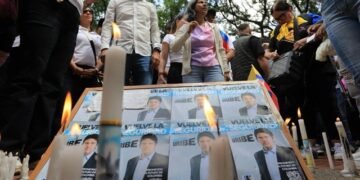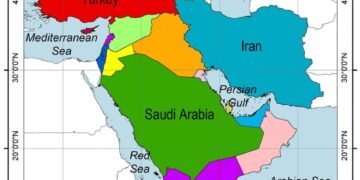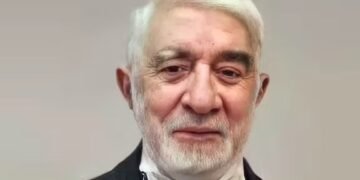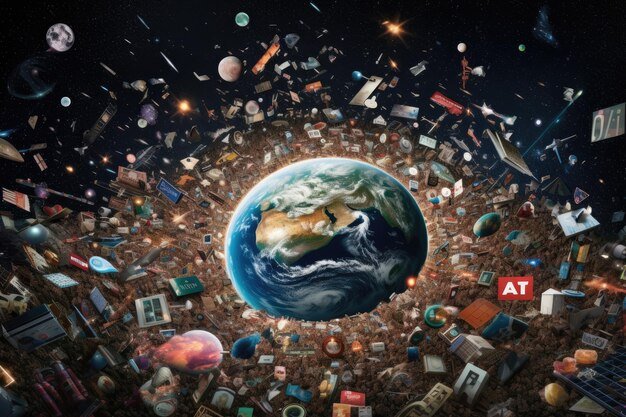Introduction:
Between 2025 and 2028, the world is expected to experience challenging times:
-
A potential confrontation with the United States, possibly even a war between Iran and the U.S.
-
Trade wars that could impact the global economy, influencing inflation and financial markets.
-
The unresolved situation in the South China Sea, where Russia must decide whether to distance itself from China and North Korea. Meanwhile, China might launch an attack on Taiwan.
China and the U.S. will not remain allies because the arms trade must continue to thrive—it is a highly profitable industry.
Media Literacy:
The Economist magazine published an article titled “The Don’s New World Order.” The term “Don” is borrowed from The Godfather movie, referring to a mafia boss.
Media literacy is crucial because images convey messages. In this cover photo, Trump is depicted as the leader of a mafia-like order, standing at the forefront in a dominant pose. This represents his aggressive, strategic approach.
-
The Second Figure: Vladimir Putin – The Russian president stands close to Trump, signifying a seemingly united front between the U.S. and Russia—contrary to the Cold War era, when these two nations were adversaries.
-
The Chess Strategy: Chess is deeply valued in Russia. While ordinary people can learn up to level 3, mastering higher levels requires being an ethnic Russian. The global political game follows a Russian chess strategy.
-
The Third Figure: Xi Jinping – The Chinese president has led significant transformations in China. Through expansionary policies, he seeks to counter Trump. (As previously discussed, in Heartland and Rimland theories, the U.S. aims to contain China to prevent it from surpassing American dominance.)
-
The Fourth Figure: Mohammed bin Salman – The Saudi Crown Prince. Economically, for anyone looking to invest or expand their business, Saudi Arabia is the prime destination. The future of the Middle East is centered there.
-
The Fifth Figure: Recep Tayyip Erdoğan – The Turkish Prime Minister. Although he managed to lower inflation to below 45%—second only to Argentina—his political career appears to be nearing its end.
-
The Sixth Figure: Benjamin Netanyahu (Bibi) – The Israeli Prime Minister aims to secure his legacy and ensure his name is recorded in history.
Interestingly, no Iranian leaders are depicted in the image.
Key Takeaway: All figures in the image align with Trump rather than opposing him, including the Chinese president. If this scenario were a chess game, Trump is the one moving the pieces to his advantage.
Hybrid Threats:
Definition: Hybrid threats simultaneously target a nation through military, economic, and social means. Imagine a triangle:
-
The top vertex represents military threats
-
One side represents economic threats
-
The other side represents social threats
Iran faces hybrid threats, meaning simultaneous military, economic, and social pressures:
-
Military: The U.S. and Israel conducted joint military exercises, including bomber drills. Trump signaled through these exercises that if Iran refuses negotiations, a military strike could follow.
-
Economic: The U.S. Treasury Secretary advised against holding Iranian rials, directly targeting Iran’s economic stability.
-
Social: Two examples illustrate social threats:
-
Sasy Mankan – This Iranian singer strategically challenges the religious beliefs of Iranian Shia Muslims. Initially, he sparked a media controversy by involving Aram Juyandeh (the wife of footballer Sepehr Heydari), followed by releasing a song titled Tobeh (Repentance).
-
The TV Series “Muawiyah” – Saudi Arabia, under Crown Prince Mohammed bin Salman, has produced this historical series, which appears to target Shia beliefs. Bin Salman compares himself to Muawiyah, portraying him as a pragmatic politician who adapts to the world around him—contrasting with Imam Ali, who sought to align the world with his ideological principles.
-

 English
English






































